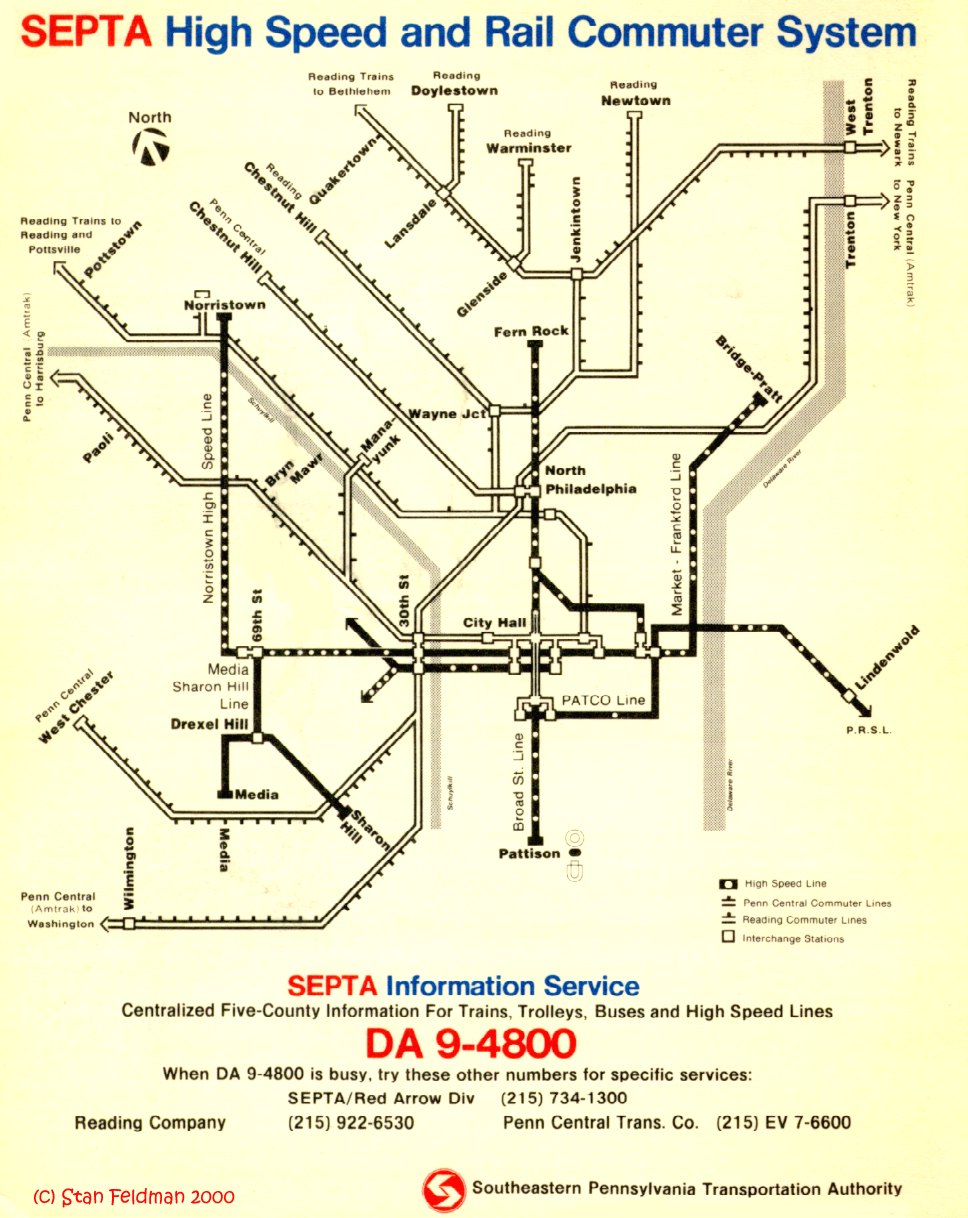

Chestnut Hill West Line: terminates in the Chestnut Hill section of Philadelphia.This line is geographically on the PRR side of the system, however service did not begin on the line until 1985. Airport Line: terminates at the Philadelphia International Airport.

This was ultimately deemed more confusing than helpful, so on July 25, 2010, SEPTA dropped the R-number and color-coded route designators and changed dispatching patterns so fewer trains follow both sides of the same route. to midnight.Įach former PRR line, as well as the Airport Line, was once paired with a former Reading line and numbered from R1 to R8 (except for R4), so that one route number described two lines, one on the PRR side and one on the Reading side. (Some limited or express trains, and all trains on the Cynwyd Line, terminate on one of the stub-end tracks at Suburban Station.) Service on most lines operates from 5:30 a.m. Most inbound trains from one line continue on as outbound trains on another line. The Center City Commuter Connection opened in November 1984 to unite the two systems, turning the two terminal stations (Reading Terminal having been replaced by the newly built underground Jefferson Station) into through-stations. The PRR lines terminated at Suburban Station the Reading lines at Reading Terminal. Of the 13 branches, six were originally owned and operated by the Pennsylvania Railroad (PRR) (later Penn Central), six by the Reading Company, while one was constructed under SEPTA in 1985.

Operations are handled by the SEPTA Railroad Division. All trains stop at these Center City stations most also stop at Temple University station on the campus of Temple University in North Philadelphia. The core of the Regional Rail system is the Center City Commuter Connection, a tunnel linking three Center City stations: the above-ground upper level of 30th Street Station, the underground Suburban Station, and Jefferson Station (formerly Market East Station). In 2016, the Regional Rail system had an average of 132,000 daily riders and 118,800 daily riders (As of 2019). It is the fifth-busiest commuter railroad in the United States, and the busiest outside of the New York and Chicago metropolitan areas. The system has 13 branches and more than 150 active stations in Philadelphia, Pennsylvania, its suburbs and satellite towns and cities. The SEPTA Regional Rail system ( reporting marks SEPA, SPAX) is a commuter rail network owned by SEPTA and serving the Philadelphia metropolitan area. SEPTA Regional Rail train at 30th Street Station in PhiladelphiaĪssumed operations in 1976, officially established 1983Ĥ04 Revenue Vehicles as of 2015


 0 kommentar(er)
0 kommentar(er)
